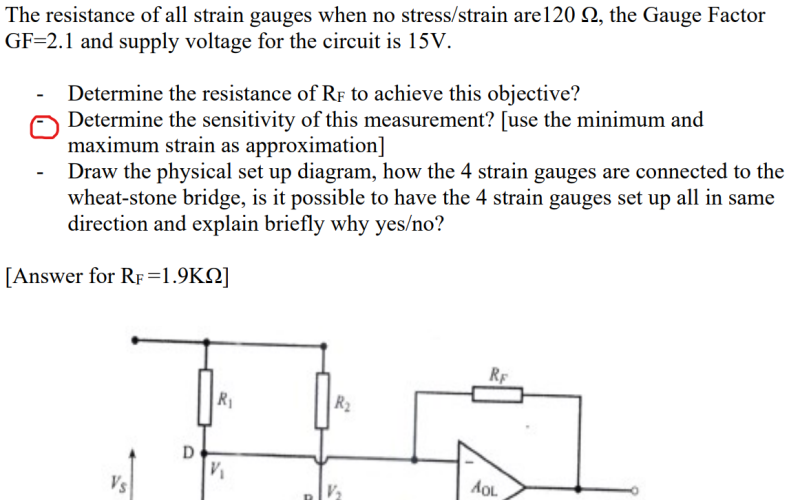I need an electrical engineer expert in the field | Chegg.com
Control instrumentation is a crucial aspect of modern industrial processes, and having a reliable and accurate control system is essential for efficient and safe operation. In this article, we will provide a step-by-step guide on how to design and implement a control system using electrical engineering principles.
Understanding Control Instrumentation
Control instrumentation refers to the use of sensors, actuators, and control systems to monitor and control industrial processes. This includes temperature control, pressure control, flow control, and level control, among others. The goal of control instrumentation is to maintain a desired setpoint or target value, while also ensuring the process operates within safe and efficient limits.
Designing a Control System
The design of a control system involves several key steps, including selecting the appropriate sensors and actuators, choosing the control algorithm, and implementing the control system. In this article, we will focus on the electrical engineering aspects of control system design, including the selection of sensors and actuators, the choice of control algorithm, and the implementation of the control system using electrical engineering principles.
Selecting Sensors and Actuators
The first step in designing a control system is to select the appropriate sensors and actuators. Sensors are used to measure the process variables, such as temperature, pressure, and flow rate, while actuators are used to control the process variables. The choice of sensor and actuator depends on the specific application and the desired level of accuracy and precision.
Choosing a Control Algorithm
The next step in designing a control system is to choose the control algorithm. The control algorithm determines how the control system will respond to changes in the process variables. There are several types of control algorithms, including proportional-integral-derivative (PID) control, model predictive control (MPC), and fuzzy logic control. The choice of control algorithm depends on the specific application and the desired level of accuracy and precision.
Implementing the Control System
Once the sensors, actuators, and control algorithm have been selected, the next step is to implement the control system. This involves programming the control system using electrical engineering principles, such as programming the control algorithm and configuring the sensors and actuators. The implementation of the control system is critical to ensuring that the process operates within safe and efficient limits.
Real-World Applications
Control instrumentation has numerous real-world applications, including temperature control in chemical processing, pressure control in oil and gas production, and flow control in water treatment. In each of these applications, the control system must be designed and implemented to ensure accurate and efficient operation.
Conclusion
In conclusion, control instrumentation is a critical aspect of modern industrial processes, and having a reliable and accurate control system is essential for efficient and safe operation. By following the steps outlined in this article, electrical engineers can design and implement control systems using electrical engineering principles, ensuring accurate and efficient operation of industrial processes.
Control instrumentation is a rapidly evolving field, and new technologies and innovations are being developed continuously. As electrical engineers, it is essential to stay up-to-date with the latest developments and advancements in control instrumentation to ensure that our designs and implementations are accurate and efficient.







